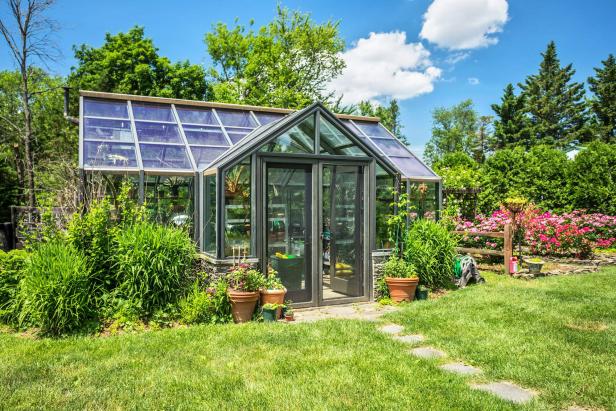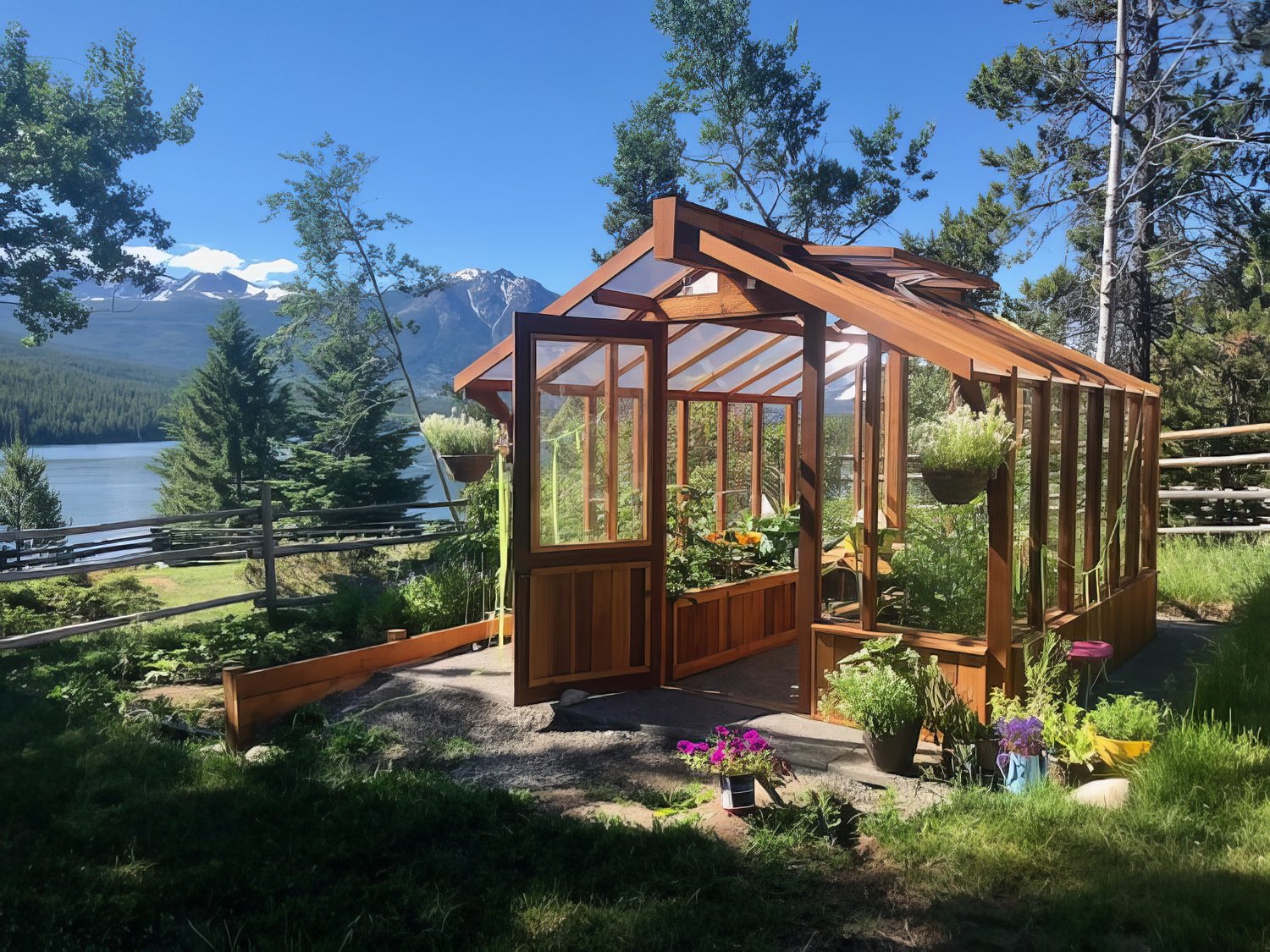The Future of Greenhouses: Developments in Sustainable Farming
Are you curious regarding the future of greenhouses and how they are reinventing sustainable farming? Look no more! In this short article, we will certainly discover the interesting advancements that are paving the way for a greener and a lot more effective farming industry. From advanced climate control systems to vertical farming strategies, water-efficient irrigation approaches, renewable energy combination, and clever data analytics, these improvements are transforming the way we grow our food. Prepare yourself to uncover the future of sustainable agriculture in greenhouses!
Advanced Environment Control Solution
To accomplish ideal growing problems, you can rely upon the advancements in greenhouses with advanced climate control systems. These systems have actually changed the method we grow plants, giving a regulated setting that contributes to plant growth. With these ingenious systems, you can currently control temperature level, humidity, light degrees, and also CO2 concentrations to develop the excellent problems for your plants to flourish.
One of the key attributes of these advanced environment control systems is their ability to regulate temperature level. By using sensors and automated controls, the greenhouse can adjust the temperature level based upon the particular demands of the plants. This makes certain that they are never ever exposed to extreme heat or chilly, which can be damaging to their growth.
Moisture control is one more important element of these systems. By maintaining the suitable moisture levels, you can prevent problems such as mold, mildew, and illness from influencing your plants. These systems can also regulate the quantity of light that reaches the plants, guaranteeing that they receive the ideal quantity for photosynthesis.
Furthermore, advanced environment control systems can also adjust CO2 focus. By enhancing the degrees of CO2 in the greenhouse, you can enhance plant development and productivity. This is specifically useful in locations with low natural CO2 degrees.
Vertical Farming Methods
One vital upright farming technique is making use of piled expanding systems. Stacked growing systems are generally used in city locations where room is restricted.
One popular technique is referred to as upright hydroponics, where plants are expanded in nutrient-rich water without soil. This strategy is very efficient as it decreases water use by up to 90% compared to conventional farming methods. In addition, given that the plants are grown inside your home, they are secured from bugs and conditions, reducing the need for pesticides.
Another strategy is aeroponics, which entails suspending the plant roots in a haze or air environment. This method enables ideal nutrient absorption and oxygenation, resulting in faster growth and higher returns. Aeroponics likewise makes use of much less water than standard farming and can be executed in vertical systems, making it a popular option for vertical farming.
Water-efficient Irrigation Approaches
When it comes to carrying out water-efficient watering approaches in lasting agriculture,Maximizing water conservation is crucial. With international water scarcity coming to be a pushing concern, it is vital to develop cutting-edge methods that optimize water use in greenhouse procedures.
One promising technique is drip irrigation, which delivers water directly to the plant origins, minimizing waste and dissipation. By utilizing a network of tubes with tiny emitters, water is used slowly and specifically, making sure that plants receive the needed moisture without excess drainage.
One more reliable technique is using soil dampness sensors. These tools measure the dampness content in the soil and give real-time information to farmers. By checking the dirt's wetness degrees, farmers can precisely establish when and just how much water to use, protecting against over-irrigation.
In addition, the application of rainwater harvesting systems is gaining appeal in greenhouse farming. Collecting rain from roofs and keeping it in tanks enables farmers to utilize this all-natural source for watering functions, reducing reliance on typical water sources.
Last but not least, the fostering of automated irrigation systems can dramatically enhance water effectiveness. These systems make briggs and stratton lawn mower use of sensing zoysia grass units to discover soil moisture levels and climate condition, adjusting watering schedules accordingly. By maximizing water use based on actual plant requirements, these systems can reduce water waste and promote lasting farming practices.
Renewable Power Integration
Renewable power assimilation in greenhouses uses a number of benefits, consisting of decreased running costs and lowered reliance on non-renewable power resources. The produced power can then be made use of to run various procedures within the greenhouse, such as heating, air flow, and lighting systems. These wind turbines harness wind power and convert it into electricity, which can be made use of to supplement the energy demands of the greenhouse.
Smart Information Analytics and Automation
To improve the effectiveness of your greenhouse procedures and enhance source usage, think about implementing clever data analytics and automation. Smart information analytics involves gathering and analyzing data from numerous sensors and tools within your greenhouse. By keeping an eye on factors such as temperature, moisture, light levels, and dirt dampness, you can acquire beneficial insights right into the health and development of your plants. This information can help you make notified decisions concerning readjusting environmental problems, enhancing irrigation routines, and preventing prospective problems prior to they develop.
Automation, on the various other hand, entails utilizing technology to automate tasks that were formerly done by hand. This can consist of automating the control of lighting, ventilation, irrigation systems, and nutrient distribution. By automating these processes, you can make certain that your plants get the ideal problems and nutrients at the correct time, without the demand internet for consistent manual intervention. This not just conserves you effort and time but likewise lowers the threat of human mistake.
Moreover, clever information analytics and automation can interact synergistically. The data collected by sensing units can be made use of to inform computerized systems, permitting them to make real-time modifications based on the current conditions. This integration of information analytics and automation can bring about a lot more effective and accurate resource appropriation, eventually resulting in higher returns and much better crop top quality.
Final Thought
In final thought, the future of greenhouses in lasting agriculture looks encouraging. With advanced environment control systems, vertical farming methods, water-efficient irrigation techniques, and eco-friendly energy combination, greenhouses are coming to be a lot more environmentally friendly and reliable.

By maximizing water use based on real plant demands, these systems can reduce water waste and promote sustainable farming methods.
